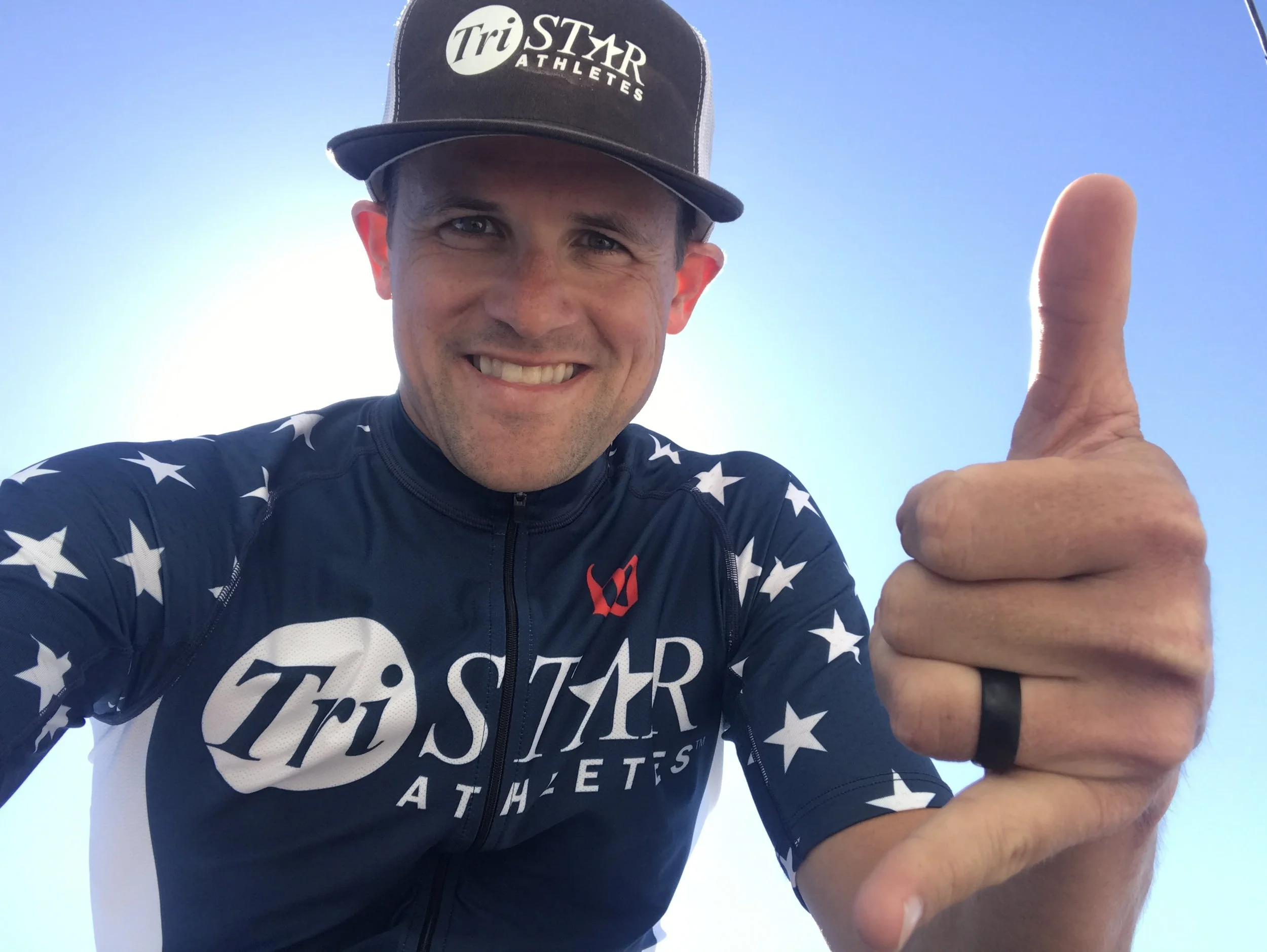Tristar Athlete, in this coaches corner we discuss the ways you can stay injury free and boost your run fitness and strength overtime. Already injured? Follow these steps to healing and being pain free.
Running as a sport is highly demanding and for most endurance athletes from time to time it lands them in injured territory throughout their career. Unlike swimming and cycling which can be forgiving when you go too hard, running has a higher cost when it comes to the injuries we see.
The following are key tips our coaches have put together to prevent run injuries and keep you in the game longer!
Top tips for run injury prevention
Recognize that there are no “breaks in running” like there are pedaling coast breaks in cycling. When we run it is often steady and demanding on the muscles. Imagine if we asked you to ride for an hour without stopping once! Often times without a rest break in running, each run can look similar to a time trial effort where you are nearly at your max. WALKING is key and ‘ok’ for all levels of athletes, even the professionals! Walking allows you to get faster over time more quickly than straight run time trialing alone, as you work the specific paces and unique physiological energy systems. Dont let your ego get in the way! TRUST US.
Running downhill; unless you are racing you should land on the heal of your shoe (more cushion there). Slowing yourself running downhill versus striding out.
Warm up well; we can’t say this enough.
Change your shoes every 200-400 miles depending on your manufacturer and note when started to use them. Our coaches suggest you incorporate two pairs to rotate in. If you are running upwards of 90minutes for your longest run you should have a more heavy duty shoe as well as one for shorter distance races (More light weight. Learn more about shoe selection and heal drop here)
Watch back to back runs; Double run days should be done easily and with plenty of rest time in between.
Watch higher heart rate runs back to back with any speed work; you will almost never see this from our coaches.
Pain? When in doubt leave it out. ……There is only “good pain” in running and never should you be pushing through bad pain (Bad pain is injury pain)
The number one stretch you can do hands down for running is the psoas stretch. The psoas is a long thing ribbon like muscles that is quite large and helps you lift your legs upwards and downwards while pulling against your lower spine. Here is how to stretch this muscle which can easily become tight while training and sitting for extended periods of time.
Over-stretching tight muscles; certain muscles such as the hamstring and calf when aggravated will tend to get tight and create increased pain. It may be tempting to stretch them to improve their mobility and function. We prefer you to massage these sore areas and only return to deeper stretching once you are pain free. How deep should you ever stretch? On a scale from 1-10, no more than a “6”. Stretching should also not be done statically (without warm up) but rather after a 5-10minute easy jog where the muscles can become fluid.
Increased long run; If you are needing to run longer ask your coach first before doing so. Depending upon your experience level and run background you may be able to increase you longer run by 30minutes from one week to the next. However, for most it will be less than this. Also, these early longer runs in your base phase should be done easily and not hard.
Run on softer surfaces; This means anything with a “T” turf, track, topsoil, treadmill, trail etc. If you must run on harder surfaces, our coaches recommend you incorporate a portion of these softer surfaces in a multi loop course format that can help decrease the amount of time you are “pounding the pavement.
Run with perfect form, always. This means holding your cadence high >180 FSPM (foot strikes per minute) or 90 FSPM for one single foot.
Watch overstriding that you don’t reach with your feet landing far out in front of you. Very common for athletes who are trying to run faster which can produce knee pain, ITBand pain, and back pain for starters.
Hills; watch running up any steep hills that are greater than 5%. More than this and you can introduce a higher degree of force especially if you are not running slowly. When running uphill, increase your cadence and shorten your stride at the same time. When you are running fast uphill you create a greater amount of force to maintain pace that can easily cause the achilles tendon to injure.










